Kiosk Computer Software Recommendation: Lightweight, Compliance, And Offline
Kiosk computer software is a specialized program designed to lock down a Windows device into a single-purpose tool for public or employee use. It allows admins to restrict access to the OS, control which applications or websites are available, and remotely manage a fleet of devices to ensure security and consistent performance.
Its core functionality revolves around 3 main pillars.
- Apps and Web Access: IT Admins can easily set up whitelisting of applications and URLs, making sure that the kiosk is only being used for its intended purpose. Whitelisting minimizes distractions within your workforce, making them more productive and preventing misuse of the system.
- System Restrictions: From locking the desktop to other OS-level functions, the software blocks users from changing any settings or getting into your backend files, making your device a secured appliance.
- Remote Management: Teams can quickly get updates, check statuses, and remotely apply any changes. It’s basically an operational efficiency booster that offers less site maintenance and, therefore, less cost.
1How to Choose Lightweight Kiosk Solutions for Your Computers?
Lightweight kiosk solutions suit small-to-medium businesses that want reliable kiosk setups without complexity.
These tools should offer zero-code or low-code setup, minimal barriers to entry, and rapid deployment. Security essentials include application whitelisting, automatic screen lock, and comprehensive access logging.
Understanding the Need for Simplicity
Organizations with limited IT staff need kiosk software that works out of the box. A lightweight kiosk solution installs quickly, requires no scripting, and includes intuitive dashboards.
Ideal for SMBs, it removes dependency on command lines or complex configurations. Zero- or low-code tools mean staff can configure permitted applications or websites, lock down settings, and push updates with just a few clicks.
Even light setups must enforce policies like whitelisting only approved apps, auto-locking inactive screens, and generating audit logs each time the kiosk is accessed.
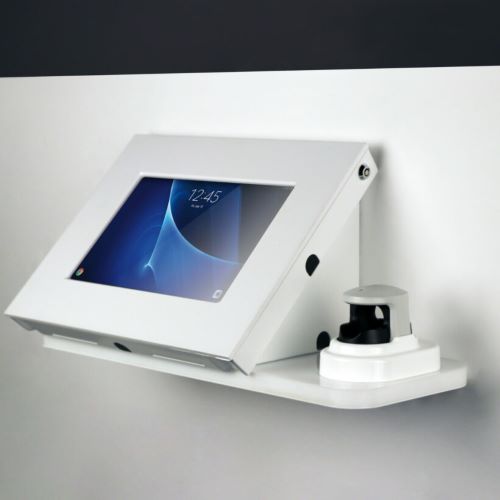
What Are the Top 3 Lightweight Kiosk Solutions?
Examples of pure, manageable kiosk software:
- AirDroid Business: A remote device management platform with built-in kiosk mode, ideal for SMBs needing fast setup and centralized control.
- Breeze Software: Lightweight Windows software for running media-focused kiosks, commonly used at events and photo booths.
- SureLock: Locks down Android and Windows devices with app whitelisting and basic policy enforcement, designed for quick deployment at scale.
AirDroid Business
A powerful yet lightweight computer kiosk software solution built for SMBs that want full control without complexity. It supports both single- and multi-app kiosk modes, whitelisting, OS-level lockdown, and device branding.
Through its centralized console, admins can remotely deploy apps, update content, monitor device health, and enforce security policies. Quick enrollment, real-time visibility, and flexible configuration make it especially well-suited for growing teams with limited IT resources.
Breeze Software
Designed for simple, photo-display kiosks, it allows users to upload media into a watched folder. The software displays content and optionally allows printing or sharing without heavy management overhead.
SureLock
A multi-cloud lockdown platform that replaces default UIs with a secure shell. IT can export settings from one device and apply them across others, enabling fast rollout with strict control.
2How to Find Kiosk Solutions for Industry Compliance?
Selecting an industry compliance kiosk involves more than restricting access. It demands adherence to legal standards for data privacy, security, and traceability in sensitive environments.
Governments, healthcare providers, and financial institutions rely on census-grade logging, encryption, and audit-ready configurations to protect stakeholders.
The right solution aligns technical controls with regulatory frameworks, automates compliance tasks, and helps organizations maintain both operational efficiency and legal accountability.
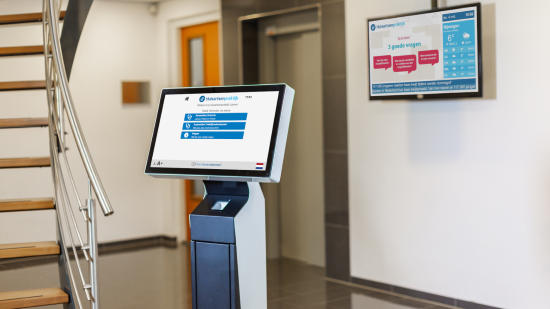
Navigating Industry‑Specific Compliance Demands
In the healthcare sector, kiosk software must handle protected health information securely. That means implementing HIPAA-grade safeguards, end-to-end encryption for data at rest and in transit, user access logs, and support for device user authentication.
In many cases, systems must also align with FDA requirements, particularly if providing telehealth services or diagnostic tools, which can involve validated software development processes and device certification.
The financial sector requires compliance with PCI DSS standards. Kiosk solutions used for payments must secure card data in compliance with encryption, tokenization, and secure storage protocols.
Beyond data protection, transaction logs (including user selections, timestamps, and activities) must be tamper-proof and traceable to allow forensic investigation in case of anomalies.
In the government and public sector, compliance frequently involves GDPR and related privacy regulations. Kiosks that collect personal data (such as e-signatures or identification scans) must include user data deletion mechanisms, explicit consent prompts, and controls for exporting or anonymizing stored data.
Comprehensive audit trails recording every system interaction are also required to meet transparency standards.
What Are the Top 3 Kiosk Solutions for Industry Compliance?
These tools prioritize regulatory alignment, secure policy enforcement, and audit-ready controls for sectors like healthcare, finance, and government.
- Microsoft Intune: Manages and locks down devices with policy enforcement, access control, and compliance reporting.
- ManageEngine: Offers kiosk lockdown with built-in security policies and PCI-ready audit logging.
- Hexnode: Supports GDPR, HIPAA, and PCI compliance through secure browser settings and remote policy control.
Microsoft Intune
A meeting point for compliance and device control, Intune supports Windows and mobile device lockdown, policy deployment, and centralized app management. It offers encryption enforcement, certificate-based access, and built-in audit logging, letting IT define and enforce compliance baselines without third-party tools.
ManageEngine
Designed for enterprise kiosk scenarios, ManageEngine’s endpoint lockdown module supports PCI DSS scanning, application whitelists, smart patch management, and tamper logs. In environments like clinics or branches, it ensures OS-level security along with proactive compliance reporting.
Hexnode
A mobile and desktop kiosk solution with a compliance-first framework. It supports secured browsers, remote configuration of data retention policies, and integration with LDAP/AD for controlled access. Hexnode’s audit trail and data wipe features make it suitable for GDPR, HIPAA, and PCI DSS environments alike.
3Do Your Kiosks Need to Work Offline?
Kiosk software for Windows should maintain core functionality even when disconnected. This is essential for public installations and industrial deployments where network reliability isn’t guaranteed.
When Offline Capability is Non‑Negotiable?
Remote government offices, outdoor exhibitions, and factory floors all have one thing in common: their kiosk installations cannot depend on a constant internet connection. These environments require software that runs autonomously, regardless of network availability. The kiosk must remain fully operational and secure, delivering critical information, capturing input, or processing transactions nonstop.
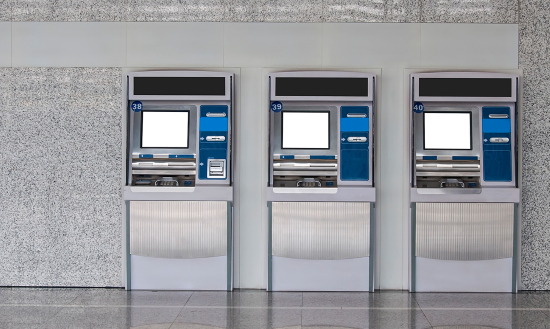
What Are the Core Technologies for Seamless Offline Functionality?
Local data caching underpins offline use. Robust solutions rely on HTML5 offline storage and embedded SQLite databases. SiteKiosk, for example, packages static content and scripts into offline-ready containers that load instantly, even with no network.
Resume on disconnect is equally vital. Break-point resume technology ensures that any data captured (form submissions, logs, transaction records) syncs automatically once connectivity returns. Scalefusion uses this approach to guarantee that nothing is lost when reconnection happens.
Emergency interface design prevents user frustration during network outages. The application displays clear error screens or fallback information and offers manual service instructions. It prevents abandoned workflows and guides users through offline dependencies without breaking the experience.
Offline Kiosk Solutions Compare
Offline readiness varies across kiosk platforms, especially when it comes to caching, encryption, and recovery behavior. Here’s how two top kiosk software for Windows options handle core offline features:
- KioWare: Offers full static page caching and encrypts local data with AES‑256. During disconnection, it shows clear error code prompts to guide the user. Once the network returns, it completes sync operations within five minutes, keeping data flows fast and minimal.
- SiteKiosk: Pre-loads multimedia files and web assets for full offline content availability, using hardware-level encryption for enhanced data protection. When offline, the system displays emergency contact information rather than raw errors, which improves usability in unattended locations. Sync is handled incrementally in real time as soon as connectivity is restored.
Both platforms provide the fundamentals, but SiteKiosk edges ahead in user interaction design and sync behavior, especially in mission-critical offline scenarios.
4What Should You Consider When Turning A Computer into A Kiosk?
When selecting kiosk software, context matters.
Lightweight tools can sometimes bundle third-party add-ons or adware, so always verify the installer source and license terms.
For compliance-focused deployments, double-check the validity period of security certifications, as outdated credentials could trigger audit issues.
Offline solutions require extra testing: simulate full disconnection and walk through every user path to confirm nothing breaks. Skipping this step can lead to unexpected dead ends or data loss during live use.
Whether your priority is simplicity, security, or offline resilience, careful validation helps the system perform as expected in the field.








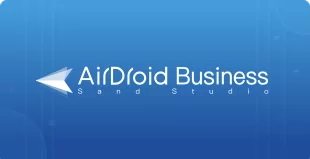
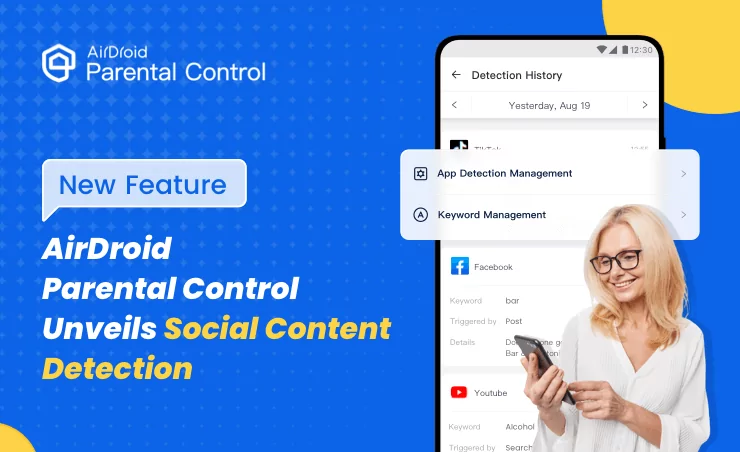
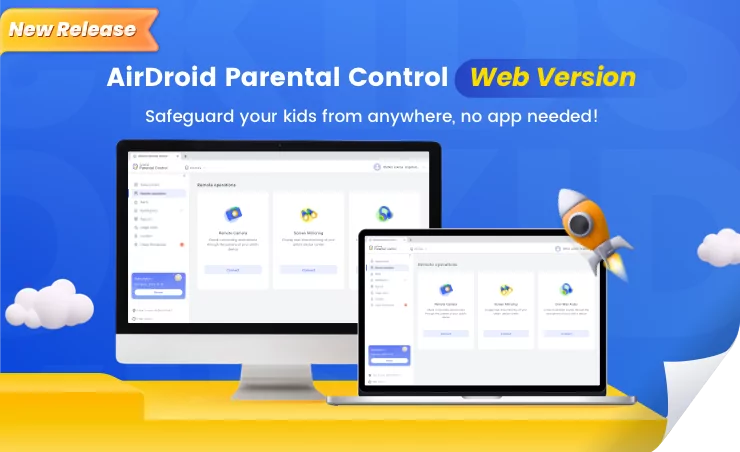


Leave a Reply.